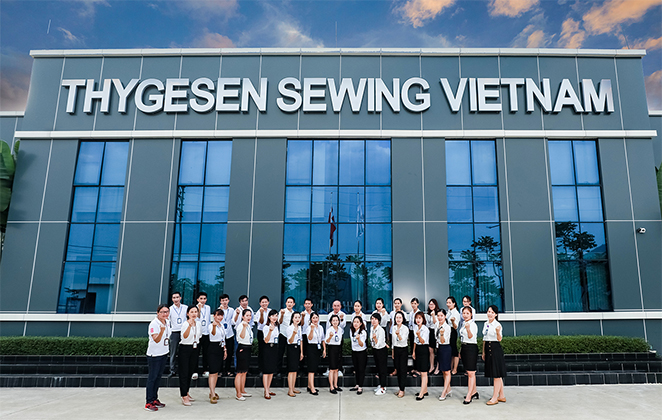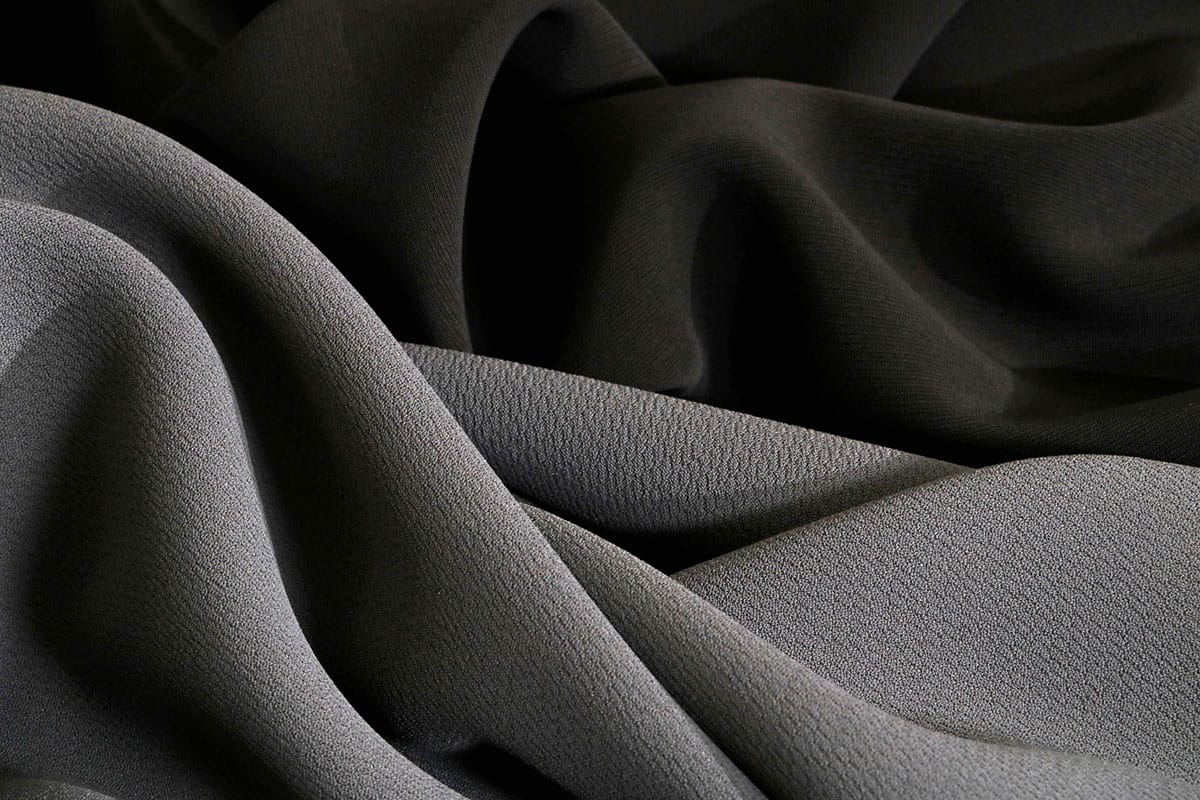Consumers have been very fond of natural fabrics such as cotton, silk, modal, etc. But sometimes, these materials are difficult to maintain, expensive, and not durable. Therefore, manufacturers have launched a variety of fabrics with synthetic materials from highly applicable man-made fibers to help consumers have more choices. Typically polyester fabric is the most commonly used synthetic fabric.
Polyester was discovered in the laboratory in the 1930s. In the years 1939-1941, many British scientists studied and paid attention to this material, so polyester was born. In 1946, DuPont, who discovered polyester, began buying and selling the rights to market this particular fabric.
What Is Polyester Fabric?
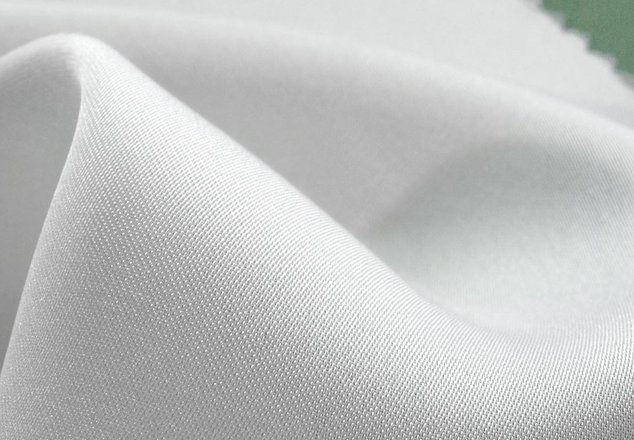
Structurally, polyester fabric is a synthetic fabric with a characteristic composition of ethylene. The process of creating a complete synthetic polyester fabric is called polymerization. To create polyester fibers, manufacturers conduct a chemical reaction between alcohol and acid. In this reaction, the molecules randomly join together to form a larger molecule with a similar structure.
100% Polyester fabrics can have permanent pleats and decorative shapes and patterns can be laser cut. 100% polyester clothing is prone to static build-up, which can cause mild electrostatic shocks. This is called polycotton and demonstrates both fabrics’ benefits: Strong, durable, wrinkle-resistant and much more breathable than 100% polyester. With the advantages such as breathability, resistance, and durability of poly cotton, they are often used to produce underwear.
This fabric is applied in many fields with products such as sportswear, bedding, and underwear… The products we use every day are almost all made of materials polyester should show that this material has a great influence in daily life.
What Is Polyester Fabric Made Of?
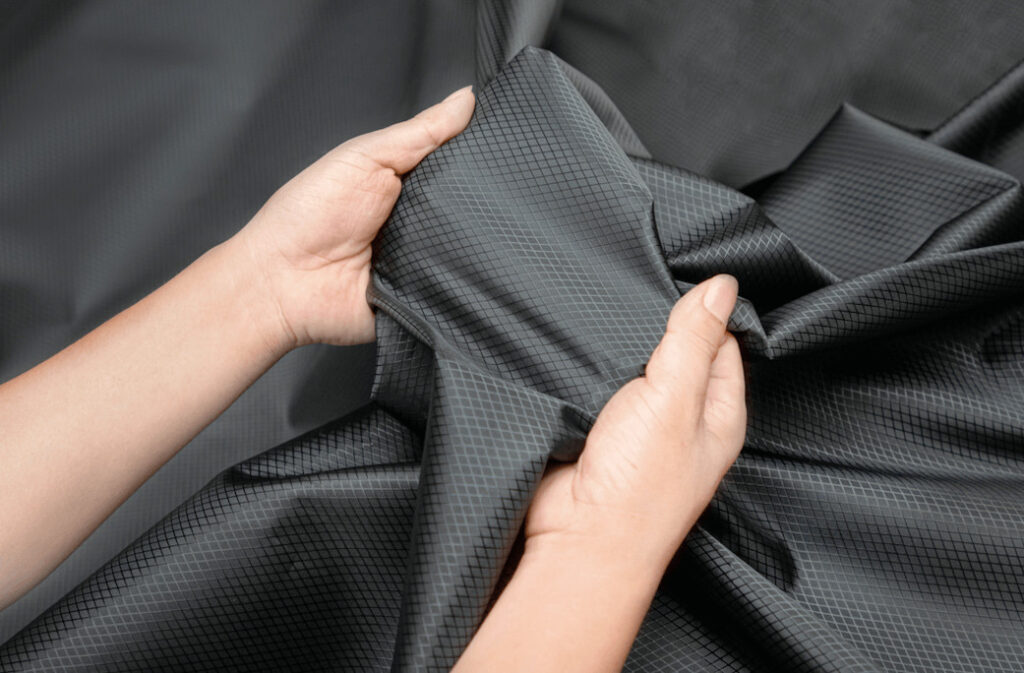
Fabrics made from coal, petroleum and air are called ethylene. The essence of polyester is a type of plastic, the chemical process of polymerization creates polyester fibers with four basic types of fibers: raw yarn, fiber yarn, fiberfill yarn and filament yarn.
This fabric has permanent folds and decorative shapes and patterns, so they are resistant to stains and suitable for cleaning. Clothes made of 100% polyester are prone to electrical buildup to eliminate this problem when polyester is blended with stable fibers such as cotton so it is called polycotton. With the same advantages of breathability, durability, and antibacterial, they are often produced as clothing becomes very popular.
Characteristics of Polyester Fabric?
Durable
Polyester has excellent strength and is resistant to shrinkage and wrinkle resistance. Through the spinning process, the polyester fibers are wound together through the spinning process and form a strong structure. Some popular fabrics on the market, such as cotton, chiffon, and elastic, tend to become flabby and saggy after a period of use. The polyester fabric retains its original shape as long as you wear it. Polyester is resistant to abrasion and effectively wrinkle-resistant.
Users can rest assured because the products are made from polyester fiber which has good durability and will keep the original shape of the clothes throughout the time you use the product. Therefore, the costumes made from this material are also sold very well in the market.
Moisture-resistant
Poly fabric is extremely waterproof and moisture-proof. This point will be a lifesaver if you accidentally let drinking water spill on the fabric.
In some cases, the fabric can protect the body from getting wet under sudden rains. Good water-resistant products are made from polyester, such as jackets, tents, and sleeping bags…With the characteristics of poor moisture absorption, no color fading over time but very easy processing, with color coating. Therefore, when the fabric is left in a wet environment, the fabric will not be deformed and moldy like some other fabrics. Based on those characteristics, this fabric is effective against mildew and bacteria.
Very breathable
One of the characteristics that many people are interested in when looking for Poly fabric is the ability to breathe. This will allow air to pass through the fibers. And the benefit is to increase the evaporation rate of sweat so that the wearer’s body will feel cooler and more comfortable during activity. Because it ensures high breathability, Polyester is a fabric used a lot in the line of active and workout clothes based on this fabric having a light and breathable construction.
The ability to breathe also helps the clothes to be waterproof and from there the moisture in the skin also evaporates quickly. Regardless of whether you sweat or not, it still makes the wearer feel relaxed.
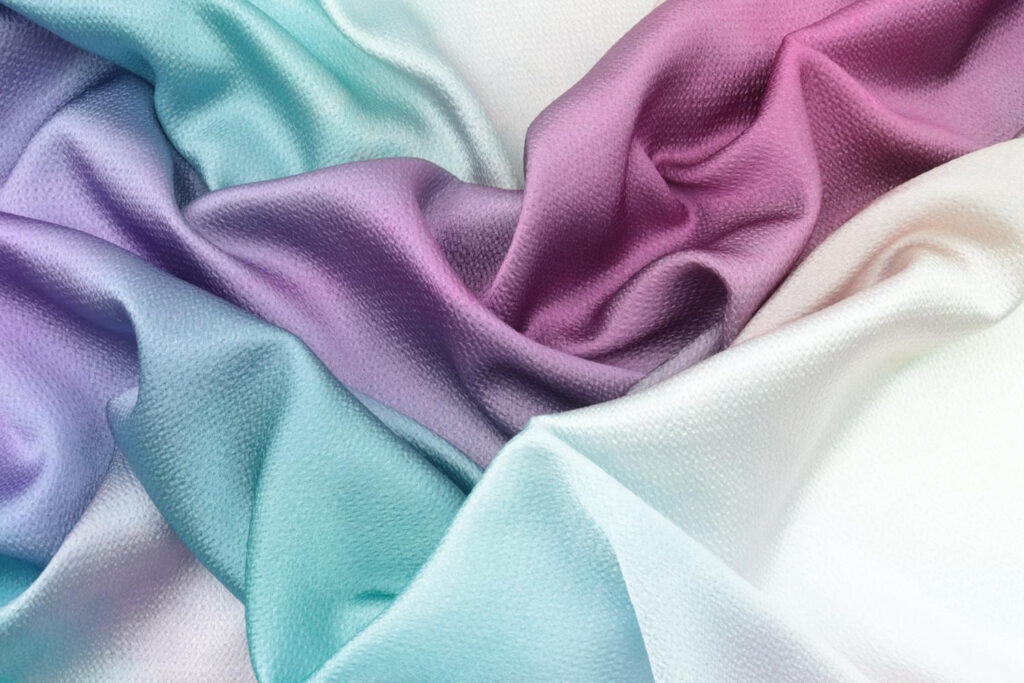
4 Types of Polyester Fabric
Ethylene polyester (PET)
PET is known as polyester fiber and is now also commonly produced in fabrics. PET has a main ethylene component with petroleum origin and is created from the process of creating polyester fibers. Ethylene is a polymer whose role is to interact with other chemicals, forming the most stable fibrous compound.
Ethylene glycol reacts with dimethyl terephthalate at high temperature to produce polyester fibers. In most applications of this fabric, the polyester will be torn into yarn before going into the dyeing process or any other manufacturing process.
PCDT Polyester
Although not on the market as popular as PET polyester fabric. However, PCDT is also appreciated on many characteristics. In particular, this fabric has higher elasticity and is more durable during use. Therefore, this fabric is preferred for heavy products such as curtains, upholstery, …
Plant-Based Polyester
The main advantage of this fabric, which many experts appreciate, is that it is biodegradable. However, a point that many manufacturers have to consider during use is polyester derived from plants. Therefore, it will cost more to produce and may be less durable than equivalent textile products PET or PCDT. However, it will also be applied to some products that do not require high durability and are cheap.
Recycled polyester (rPet)
Recycled Polyester is produced from plastic materials that are considered useless waste, but instead of being released into the environment and going through a process of hundreds of years to decompose, these plastic materials are recycled. Spinning into yarn and weaving recycled fabrics, we create products with properties similar to traditional yarns but more environmentally friendly and resource-saving.
In addition to the benefits to the environment, Recycled Polyester also offers great advantages. It is cool to the touch, providing comfort all day long. Next is the ability to absorb and release moisture two times faster than ordinary fabrics, helping the wearer to exercise all day long without fear of heat and mystery.
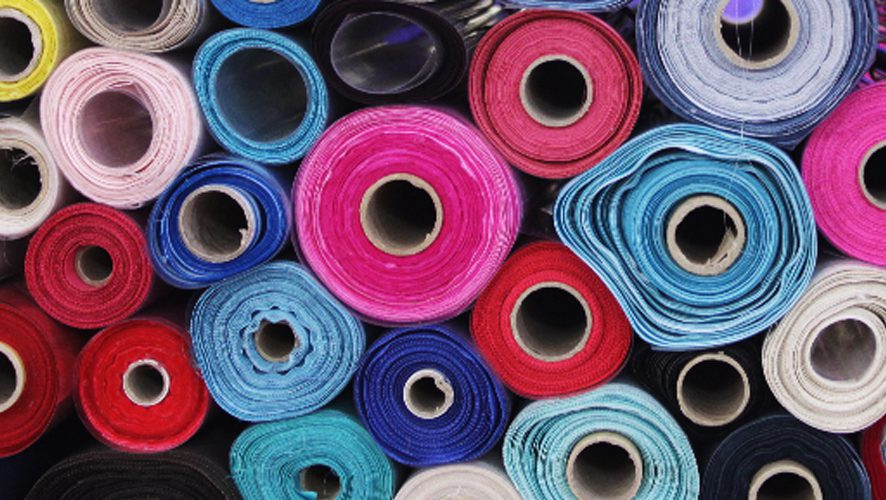
Uses for Polyester Fabric
Apparel

Fashion is an area that uses a lot of polyester fabric. Although polyester fabric clothes are rated lower than traditional fabrics in softness and sweat absorption. However, the demand for clothes made from polyester fabric is still very high because it is colorful, cheap, does not wrinkle and is easy to clean.
Special polyester fabrics are used a lot to make sportswear. Because clothes made from polyester fabric have the ability to be light in weight due to being impervious to sweat. As a result, athletes feel easier to move.
Bags and backpacks

As one of the most popular fabrics used to sew backpacks and bags today. With a composition of synthetic fibers, the polyester fabric does not shrink when washed, is wrinkle-resistant and naturally elastic. The fabric possesses many advantages compared to traditional fabrics, such as not absorbing oil and not absorbing moisture. Therefore, 100% nylon fabric is often rated as water resistant. Many manufacturers have chosen Polyester fabric to make bags and backpacks with many outstanding advantages.
Home furnishings
With outstanding advantages, you can arbitrarily use it for different purposes to produce a set of products for interior space. In the field of furniture, polyester fabric is used to cover office chairs, bringing beauty and sophistication to the product. Polyester can be used as insulation in mattresses, pillows, and comforters by producing hollow fibers.
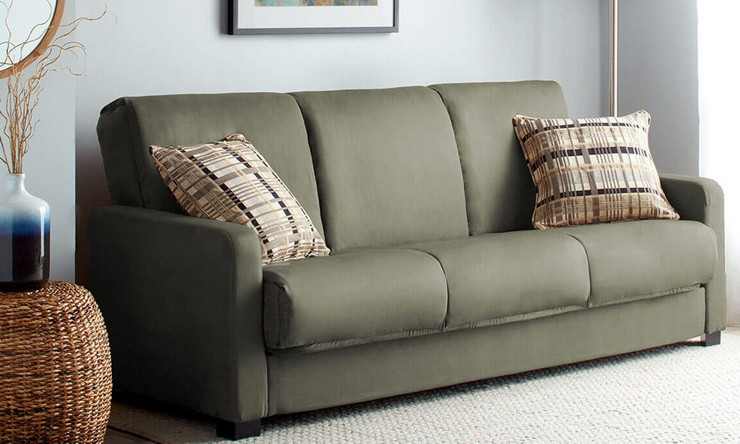
Impact of Polyester Fabric on the Environment
Polyester Fabric has the strength of being cheap and flexible, so it is increasingly popular in the fashion field. However, the impact of this fabric on the environment is also something worth discussing. The production of this fabric takes less energy than Nylon, but regular cotton, it requires twice as much energy.
The production of this fabric has used harmful chemicals, which, when discharged into the environment without treatment, will affect the environment. Most of this fabric is produced in some countries with lax environmental regulations, so it is very harmful to the community,
The positive aspect of this fabric is that it can be recycled and can also be produced from recycled plastic, so it can replace the harmful effects of producing from petroleum.
Impact of Polyester Fabric on the Environment
With many benefits, Polyester Fabric is being produced popularly and applied in many different fields. Hopefully, sharing the above article will let everyone know what Polyester Fabric is and its impacts on the environment.

